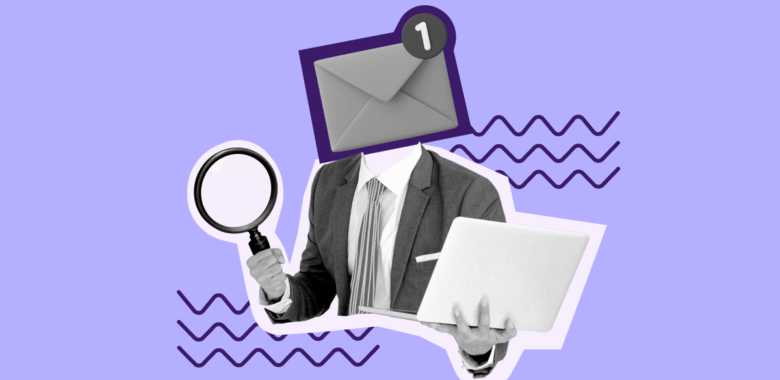But that’s not all: we’ll discuss email marketing benefits in use next.
Email marketing can be effortless
Modern email service providers (ESPs) like Selzy do the hard work for you. With drag-and-drop email builders and dozens of templates, you don’t need professional coding or design skills to create exciting content. Thanks to the clear and intuitive interface such platforms offer, you can easily schedule, launch, and track campaigns. Moreover, you can do that in minutes.
Email campaigns are easy to track and measure
There are several metrics that show the effectiveness of a campaign:
- Delivery rate — a number or a percentage of all emails that were successfully delivered.
- Open rate — a percentage of subscribers that opened the email.
- Click-through rate — a number of times the CTA button in the email was clicked.
- Unsubscribe rate — a percentage of people that opted out of your list.
After sending an email, you can analyze all of these parameters to understand how successful the campaign was.
Email marketing is flexible
What’s even more fascinating about email marketing is the flexibility that analytics gives you. For example, ESPs like Selzy offer A/B tests. One part of your audience gets one variant of an email, and the other — a different one. You can change the subject line or images, add or omit personalized bits, etc. Comparing the results, you’ll better understand what your audience likes and dislikes and what you should do next time.
On a broader level, email marketing strategies are very adaptive. Formats, sending frequency, design, and everything else can be adjusted to exactly fit your business’s needs. Segmentation and personalization also contribute to email marketing flexibility. You can divide your audience into different groups (that’s segmentation) to send them different content and add dynamic content, or make use of your subscribers’ browsing data and purchase history (that’s personalization).
Automation on all levels
Last but not least: email marketing works when you rest. Triggered emails will guide your customers through all of the stages of the sales funnel:
- On the awareness stage, offer quality content in exchange for the subscription.
- For subscribers in the consideration stage, automate an enticing welcome email.
- To guide customers through the conversion stage, prepare limited-time offers like birthday promo codes, browse and cart abandonment emails, etc.
- To maintain customers in the loyalty and advocacy stage, offer gifts and bonuses for a review or recommendation, or launch an exclusive bonus program for the most loyal customers.
Email marketing transforms subscribers into customers effortlessly thanks to automation. And thought-out order email sequences especially do wonders for customer experience.
































